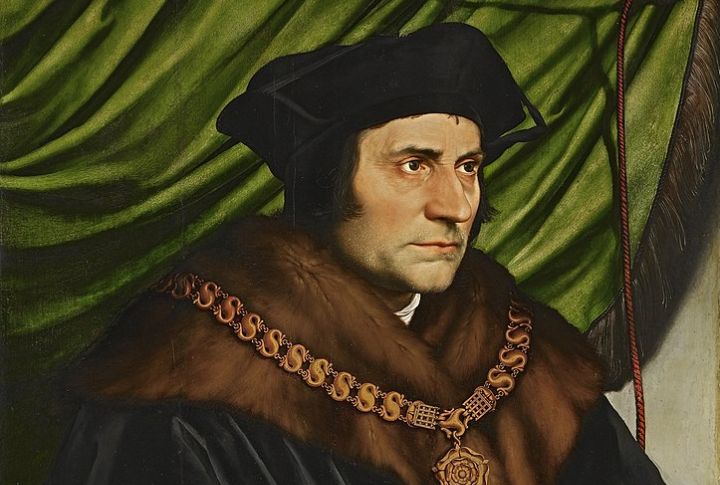
The Renaissance, often called the Age of Rebirth or Cultural Awakening, marked a turning point in history, but its influence didn’t stop at Europe’s borders. Be it art, science, philosophy, or trade, that time reshaped societies worldwide in unexpected ways. Here are ten fascinating ways the world was impacted by the Renaissance era (14th to 17th centuries).
Humanist Philosophy Reached the Americas
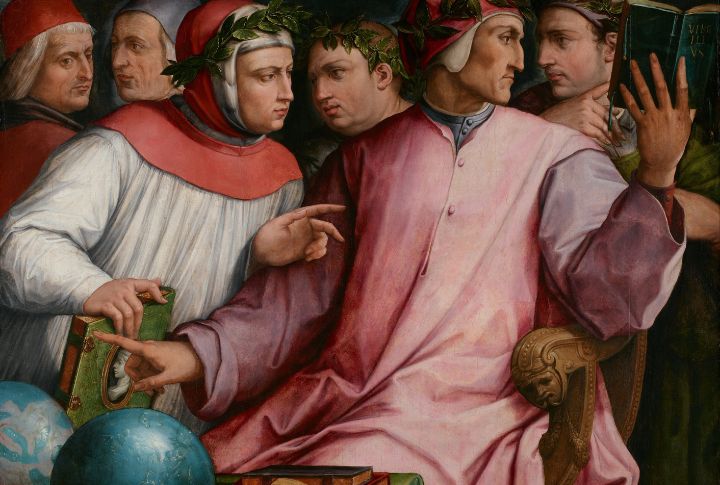
The period’s celebration of individualism shaped aspects of colonial America’s foundations. Early schools and universities in the New World drew on Renaissance ideals and embedded the belief in personal growth and scholarly pursuit into their systems. Such principles were often adapted to serve colonial goals and did not extend equally to indigenous cultures.
Renaissance Music Shaped Global Rhythms
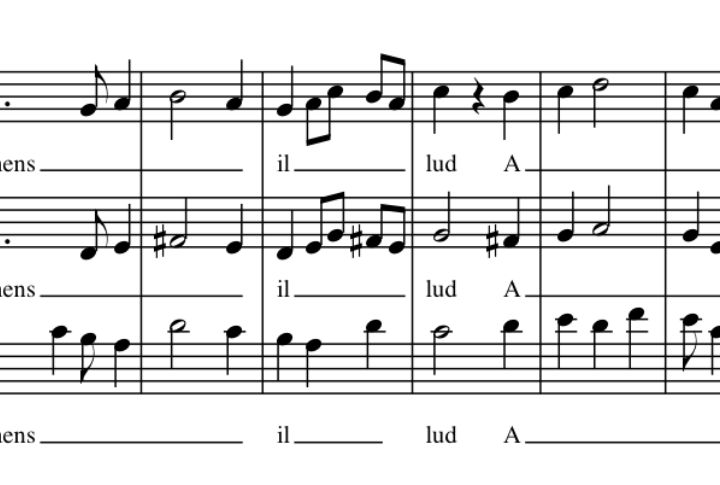
The development of polyphony, a hallmark of Renaissance music, found its way into cultural traditions in colonial regions. Catholic missionaries introduced the layered harmonies to Latin America to blend the indigenous and African traditions. While less prominent in Africa and Asia, European musical ideas later merged with local styles during subsequent centuries.
The Printing Press Revolutionized Global Learning
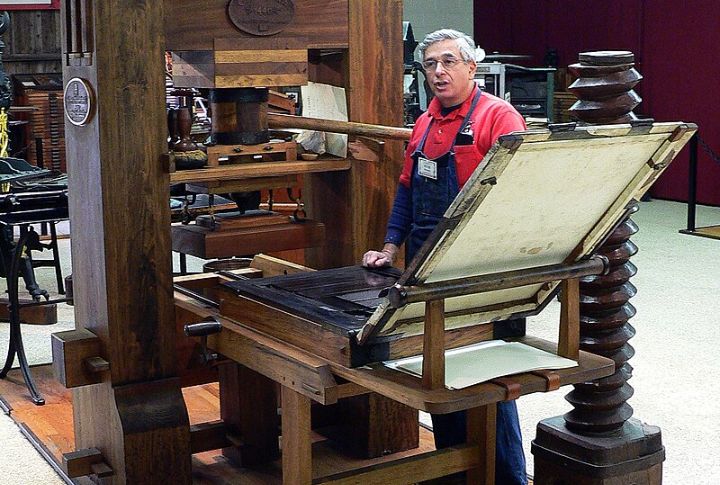
Johannes Gutenberg’s 15th-century printing press revolutionized communication by rolling out mass production of books and spreading knowledge globally. Although China had an earlier movable type, Gutenberg’s innovation made texts widely accessible. His printing press reached the Ottoman Empire, Mughal India, and Ming China—cross-cultural intellectual exchanges sparkled quickly.
Islamic Art Embraced Renaissance Aesthetics
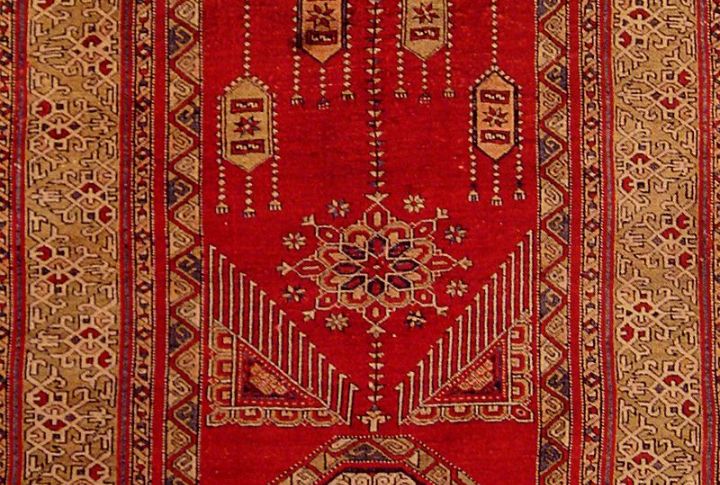
The focus on symmetry, geometry, and intricate design during the Renaissance resonated with Islamic artists. In places like Persia and the Ottoman Empire, Renaissance-inspired techniques blended with traditional calligraphy and architecture—an extraordinary fusion of East and West. The exchange between cultures sparked the creation of stunning works that bridged artistic traditions.
Arab Science Rediscovered Its Place in the West
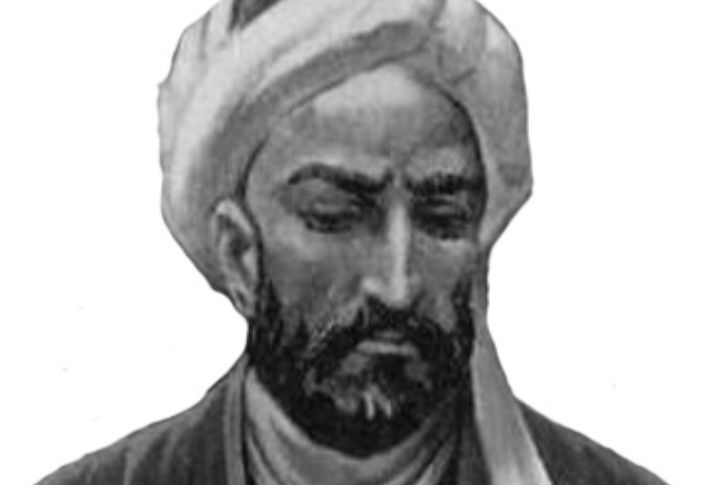
Renaissance scholars, eager to revive classical knowledge, relied heavily on texts preserved and enhanced by Middle Eastern thinkers. Advances in fields like mathematics (algebra), astronomy, and medicine (championed by figures such as Al-Tusi and Avicenna) reentered Europe during this period to further spark scientific progress worldwide.
Fashion Styles Went Global
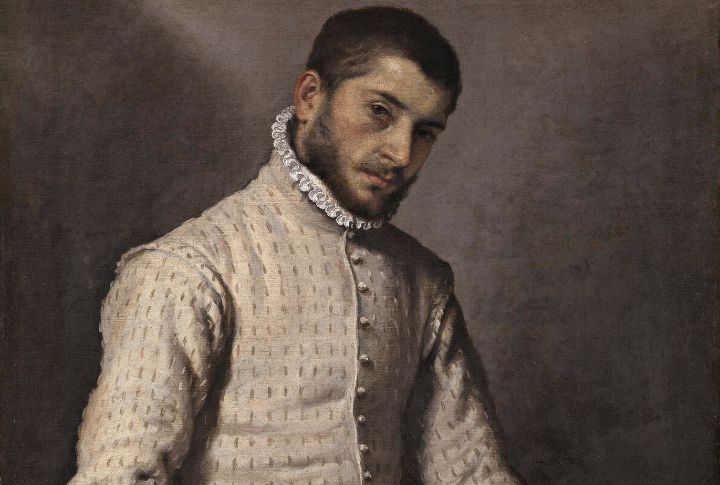
The era’s cultural awakening also brought an explosion of fashion innovation. Renaissance fabrics, lace, and tailoring techniques traveled to Asia, Africa, and the Middle East. Ottoman and Safavid elites incorporated new trends to mix European extravagance with their own styles. Asian textiles like Indian cotton and Chinese silk also modified European fashion in return.
Exploration Connected Continents
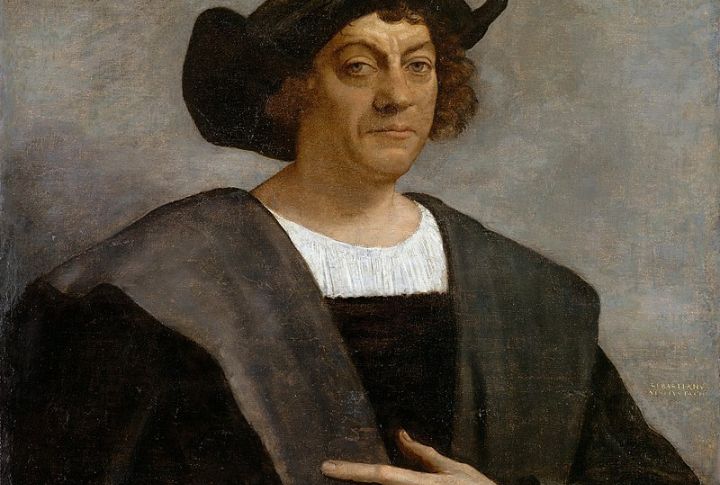
Passion for discovery drove explorers like Magellan and Columbus to chart new territories. Many voyages established global trade routes, introduced cultural exchanges, and brought Renaissance-era art, architecture, and ideas to distant regions. However, such connections often came with exploitation and colonization and left complex relations behind.
Architectural Symmetry Redefined Global Design
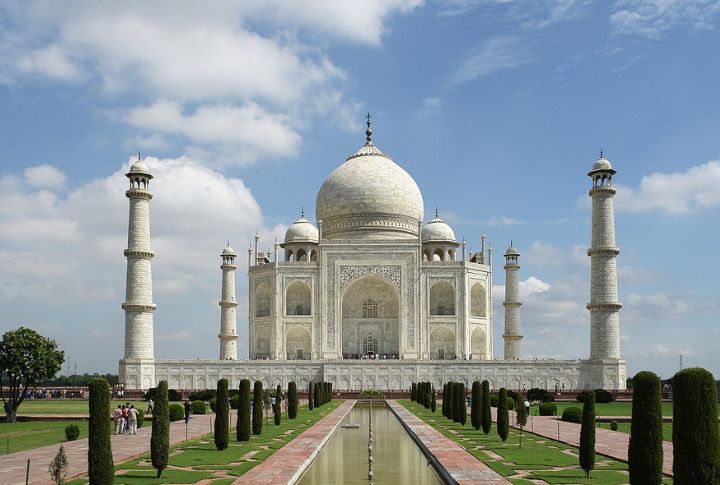
Even though the effect of the Renaissance was subtle, it played a complementary role in global architectural advancements. A lot of those details can be seen on structures far beyond Europe. For example, Mughal architects in India adopted Renaissance principles in buildings like the Taj Mahal—they merged Italian symmetry with intricate Persian and Indian craftsmanship.
Political Thoughts Shaped New Governance Models
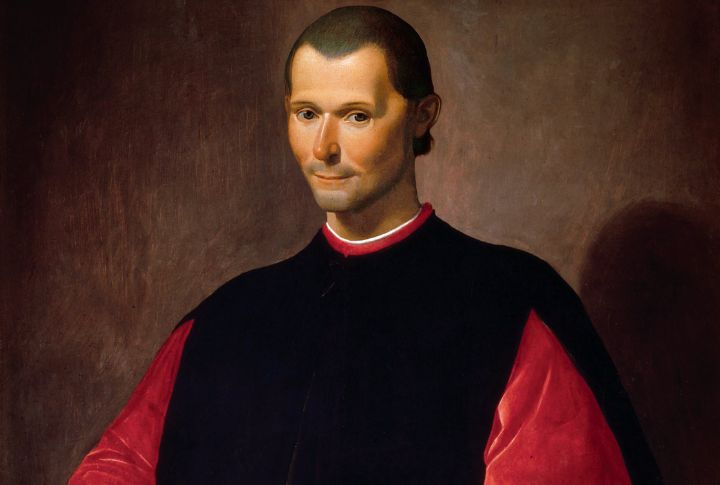
Despite an indirect impact, the Renaissance laid the groundwork for new political ideologies around the world. The philosophical writings of thinkers like Machiavelli and More sparked debates on governance that extended to other regions. Their ideas brought reforms to places like Meiji Japan, influencing the modernization of its political and social systems.
Culinary Exchanges Enhanced Global Palates

People’s appetite for exploration also transformed food during this early modern period. Ingredients from the Americas, like tomatoes, chocolate, and corn, entered European kitchens and revolutionized diets. European cooking techniques also traveled to Asia and Africa. This mutual exchange created a shared culinary heritage that continues to shape global cuisines today.
